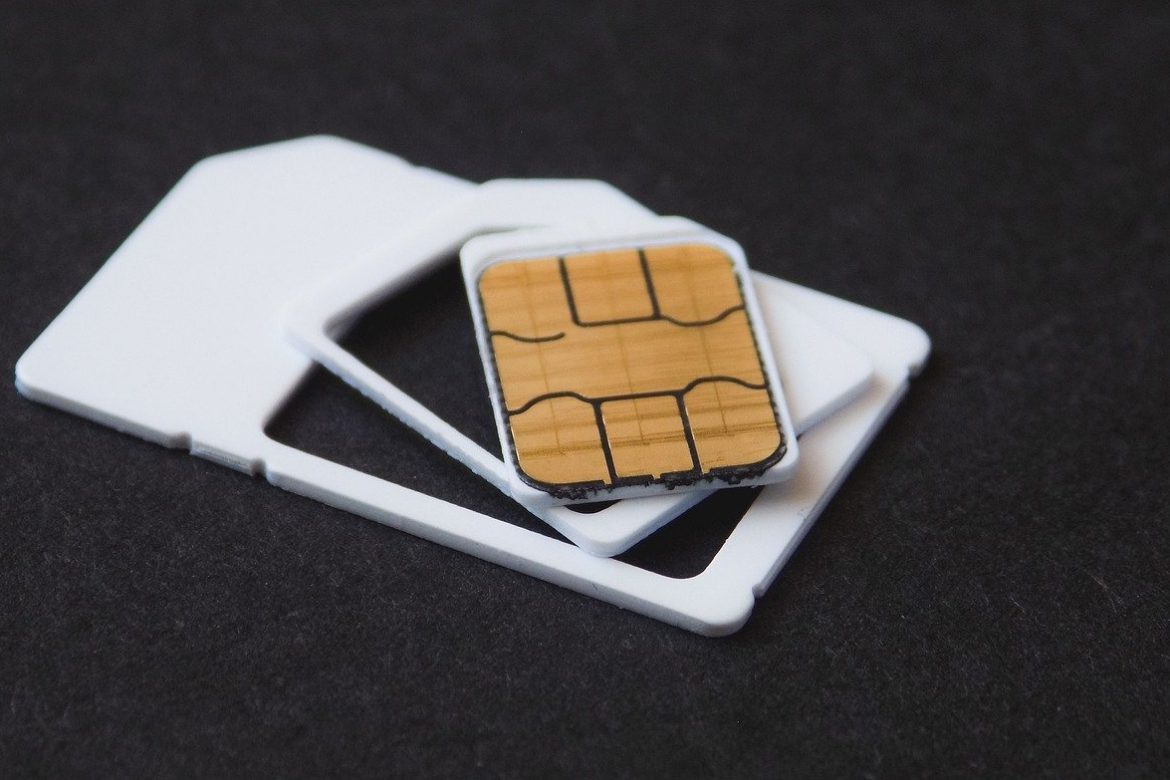A SIM card allows subscribers to connect to a mobile phone network. Without it, you can’t receive and make calls, send SMS messages, or connect to mobile internet services like 3G, 4G and 5G.
What is a SIM Card?
Unless you’ve never used a mobile phone, you’ve probably heard of what SIM cards are, at least once in your life. Just about every modern cell phone nowadays makes use of it.
A subscriber identity module or subscriber identification module, or most commonly known as a SIM, is a type of smart card with an integrated circuit (IC) chip that acts as a user’s unique ID. It’s used by mobile network providers to distinguish and authenticate subscriber information.
While most phones need SIM cards, not all of them require the same size. SIM card sizes come in three variants:
- Standard SIM – The largest type of SIM card, used for older phone models such as iPhone 3G, Samsung Galaxy Note, and Nokia 105.
- Micro SIM – Introduced in 2003 to save space in mobile devices at the time. These include the likes of the iPhone 4s, Samsung Galaxy S5, and LG G4.
- Nano SIM – Released in 2012, this is the smallest SIM card to date. Used by newer phones such as iPhone 5 to iPhone 7 and Samsung Galaxy S9.
The reason for the decrease in SIM card sizes over the years is due to the advancement of hardware. Manufacturers decreased the size of SIM cards to make more space for more powerful hardware in phones.
If you happen to purchase a SIM card that doesn’t fit your mobile device, worry not. If it’s too small, a SIM card adapter will do the trick.
This neat tool is typically a piece of plastic wherein you place either your Nano or micro-SIM card, so it can fit into a phone. The size of SIM cards required by devices will depend on the model of the phone. So, having a SIM card adaptor is a great fix if you’re switching phones that don’t use the same SIM card size.
What Does A SIM Card Do?
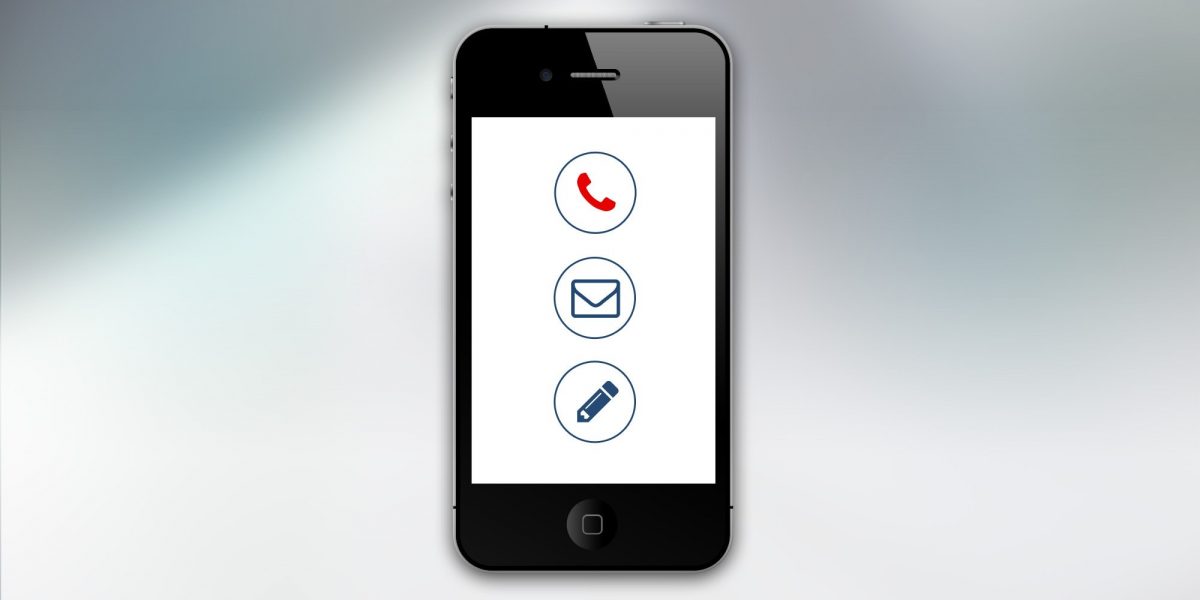

In order to further understand what SIM cards do, we must first understand the technology behind it. Majority of SIM cards during the earlier years ran on two types of technologies used to connect phones to a carrier.
These two types of cellular networks are: the Global System of Mobile Communications (GSM) mobile network and the Code Division Multiple Access (CDMA) network. Essentially, they are the two forms of transmission used by phones and phone networks to transmit data.
SIM cards are a crucial part of GSM networks since they connect phones to a user’s service provider. For subscribers using a GSM SIM card, it allows them to access data, text messaging, and calling services. Stored on SIM cards are also a user’s own personal and unique phone number. Simply put, without a SIM card, it renders your mobile phone useless, in terms of communication at least.
Meanwhile, if your phone works on a CDMA network, SIM cards aren’t necessary. This is due to the fact that the provider is already linked to the phone itself. This technology allows users using CDMA phones to connect to their carrier provider without the need of physical SIM cards.
One way to determine if your phone runs on a GSM or CDMA network is to check your current carrier. If you have a Sprint SIM card or a Verizon SIM card, then your SIM runs on CDMA technology. Meanwhile, GSM carriers include those with an AT&T and T Mobile SIM card. However, there are a few carriers that will only work on certain networks. A perfect example is how a Straight Talk SIM Card will only work with an AT&T or T-Mobile compatible device.
Why You Need a SIM Card
As mentioned above, SIM cards are necessary in order to use mobile carriers’ services such as making calls and text messaging. However, SIM cards also hold a limited amount of storage. This is perfect for storing messages, as well as contact information such as numbers and email addresses. This makes it easier to transfer data when switching to a different mobile phone. Whether you’re upgrading your phone model or are in an emergency and need to borrow someone’s phone, it won’t be a hassle.
Moreover, SIM cards contain an International Mobile Subscriber Identifier (IMSI). Carrier providers use this number to link your phone to their network. Along with the IMSI, SIM cards also have their own unique Mobile Subscriber Integrated Services Digital Network Number (MSISDN). This number is used to identify mobile subscribers across the globe. While it may sound complicated, it’s basically just your contact number.
International Sim Cards


If you’re always on the road or in the skies, you will need a SIM to keep in touch with people from your local area. For those globetrotters that are always traveling the world, an international SIM card is essential. It’s important to find communication options to keep yourself connected wherever part of the world you are in. With the advent of foreign travel, many global telecom providers have come out with a way to provide cost-effective communication when traveling. An international SIM card allows a user to make calls to different countries around the globe.
Using a prepaid SIM card while travelling to different countries is often costly. Thus, if you’re often traveling abroad, an international SIM card is a great way to save money. Additionally, you needn’t have to purchase local SIM cards when you arrive at your destination. With an international SIM card, you can use your phone straight away to call an Uber or book your Airbnb. Furthermore, the best international SIM card also offers unlimited data plans.
How to Remove SIM Card
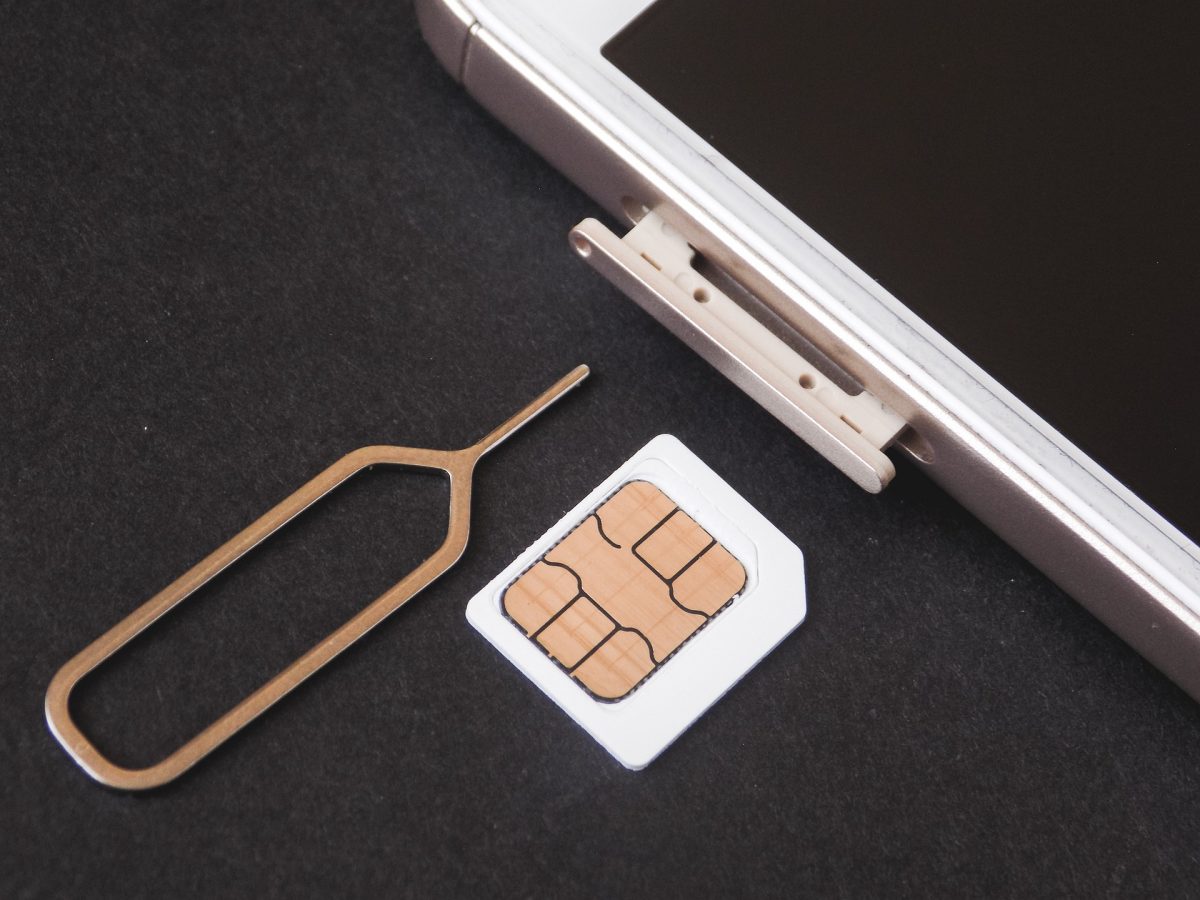

In order to install or remove SIM cards, you must first locate where it’s stored. Here’s a quick guide on how to remove SIM card from iPhone devices and other smartphones.
Some units like most Android phones have it on the back panel of the device. This can either be behind the battery or next to it. You need to power-off your device and remove the battery before locating the SIM card slot. Afterwards, simply slide the SIM in or out of the slot and you’re done.
Meanwhile, if you’re wondering how to remove iPhone SIM card, they are accessible on the side or top of the device. An iPhone SIM card slot is located on the side of the device. You will need a SIM card eject pin to pop out the SIM tray. A paperclip or other small sharp phone accessories would do the job too.
Once you’ve taken out the SIM tray, you can now replace your old SIM with a new one. Make sure you check the small notch in one corner of the tray, to make sure it fits. Afterwards, place in your SIM card and then simply insert the tray back into the device.
How to Activate Sim Card
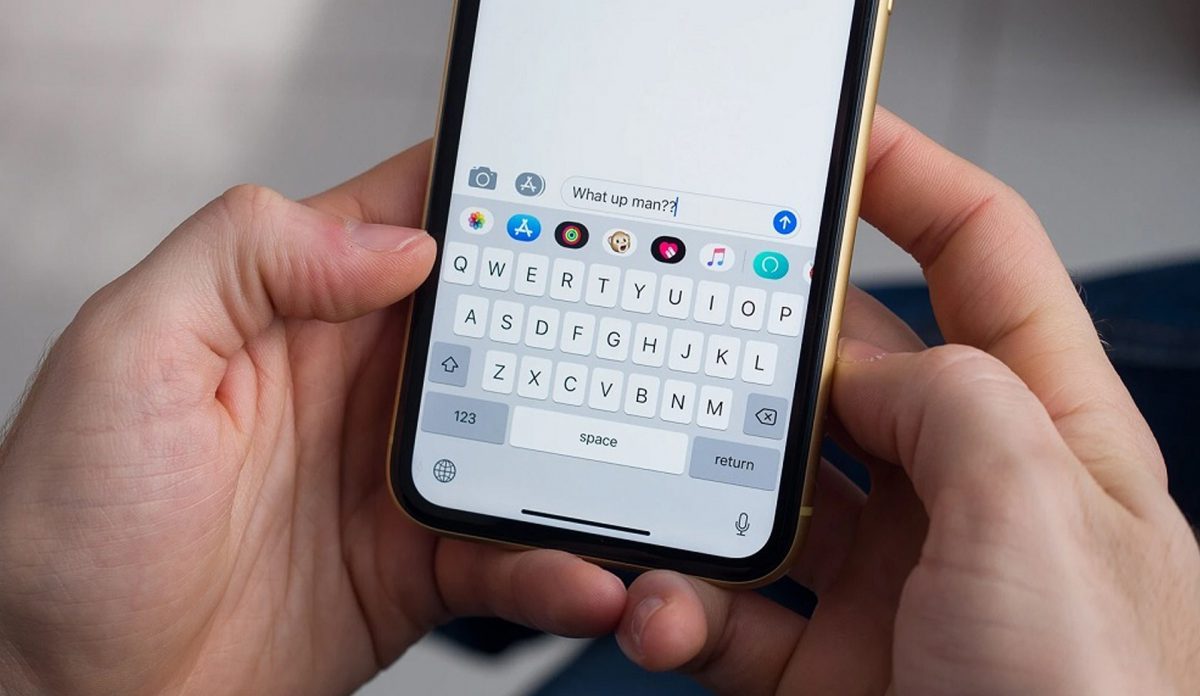

Now that you’ve installed your SIM card, the next step is to activate it. How to activate a SIM card will depend on your network provider.
If you have a TracFone SIM card, go to the activation page of TracFone’s website. It will ask you what device you’re activating. If you’ve purchased one of their phones, select “I have a TracFone Phone.” If you only purchased a TracFone SIM card kit from them, click on “I’m Bringing My Own Smartphone.”
- Enter your SIM card’s number in the requested field.
- Choose and purchase a plan if you haven’t already for your TracFone SIM card.
- Browse the selections and choose the plan that would suit your needs and budget.
- Follow the on-screen prompts and setup process.
Once confirmed, your device can now make calls and send SMS messages. Activation is instantaneous in most service areas, however there are other areas that may take up to 24 hours before you can make calls.
How to Find Sim Card Number
Most SIM cards already have their mobile numbers printed at the back. However, if you don’t want the hassle of removing the SIM card, here are a few ways to check your phone number.
How to Find Sim Card Number on iPhone Devices
For iPhone users, there are two ways to see find your SIM card’s number:
- Go to “Settings.”
- Select “General.”
- Tap on “About.”
- Scroll down and locate the Integrated Circuit Card Identifier or the ICCID. This is your mobile’s phone number.
Alternatively, you could also go to Settings > Phone > My Number to immediately see your SIM card number.
How to Find Sim Card Number on Android Devices
Probably the easiest way to find out your SIM card’s number is if you have an Android device:
- Tap on “Settings.”
- Scroll down until you find “About Device” or “About Phone.” This will depend on the model of your phone.
- Tap on “Status” and scroll down until you see either the ‘IMSI’ number, or the ‘ICCID number.’ Either of the two is your SIM card’s number.
Other Android phones will simply list this as “My Number.”
How to Save Contacts to Sim Card
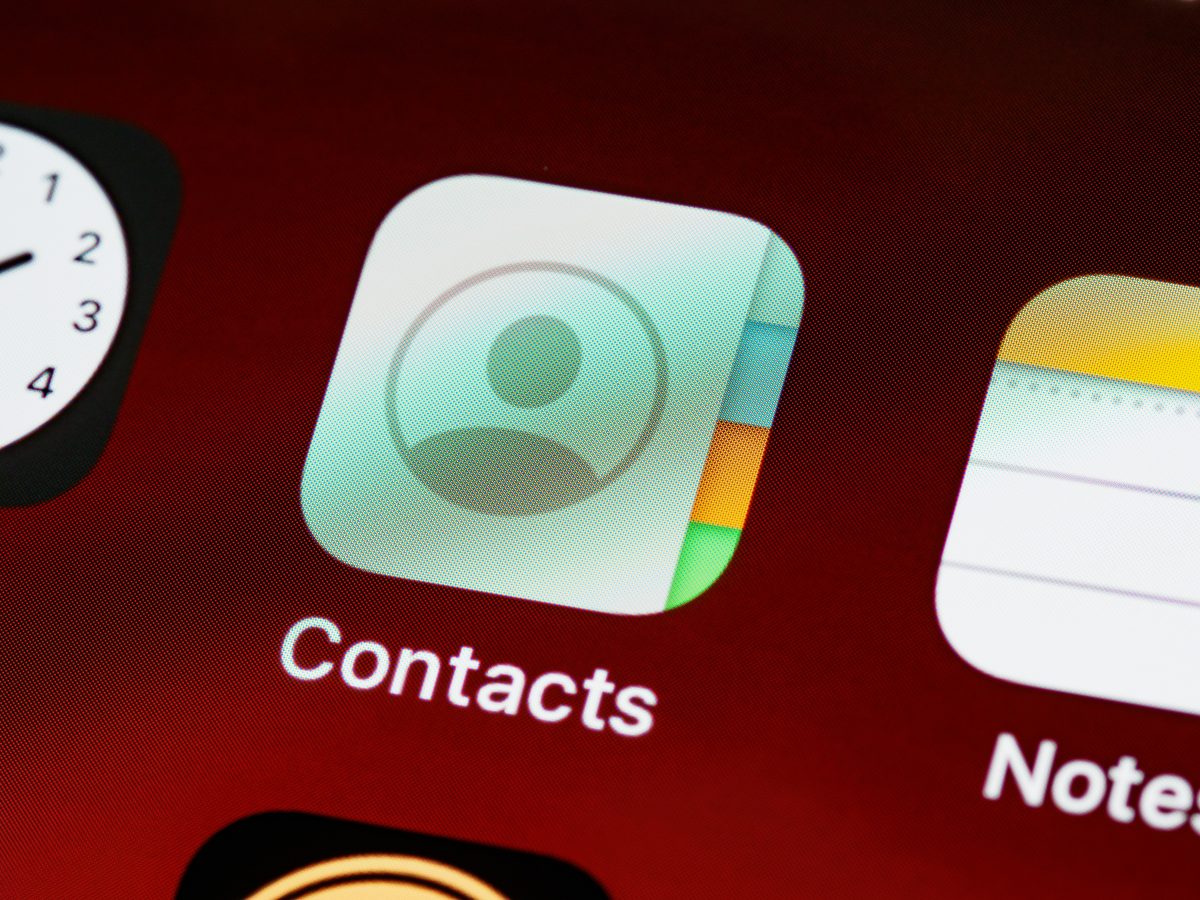

It may seem like an outdated concept, since these days people use iCloud or their Google accounts to save and backup data like contact information. However, learning how to save contacts onto SIM cards can still be pretty useful. This is especially if you find yourself in a situation without access to Wi-Fi. Most modern SIM cards can store up to 250 contacts.
With Android devices, when you add a new contact, you’ll be prompted to choose where to save it. You can either choose to store it on the device itself or the SIM card. However, if you want to import the contacts already saved on your device to a SIM card, here’s how to do so:
- Go to “Contacts.”
- Tap the Menu button, which can either be three dots or lines at the top of your screen.
- Select “Settings.”
- Tap on “Import/Export” or “Export contacts.”
- Select “Copy to SIM card” then tap on the contact numbers you would like to export to your SIM card.
- Confirm by tapping “Export.” Other devices would have an extra confirmation prompt. If so, tap “Yes.”
This will begin the process of copying the selected contacts stored on your mobile phone to your SIM card.
SIM Card Security


Unfortunately, SIM cards are not immune to hackers and security threats. Even the CEO of Twitter, Jack Dorsey, fell victim to a SIM card swapping scam, CNBC reported. Thus, it’s important to make sure your SIM card number is never obtained by a hacker. This will possibly lead you down the road of cyber attacks. Seeing as SIM cards contain a user’s phone number, which is often connected to your email, you must never allow it to fall into the hands of the wrong person. Once this happens, a hacker can get access to your social network accounts, bank accounts, and other sensitive information.
Typically, hackers can gain access to a SIM card’s number by calling your service provider and pretending to be you. However, nowadays, telecom companies like Verizon are making efforts in making SIM swapping attacks harder. Nevertheless, it is still crucial to learn the ways to prevent oneself from falling victim to such scams.
Here are a few tips to avoid SIM swapping attacks.
Protect Yourself Against Phishing Attacks
Phishing attacks occur when hackers steal user data, including login credentials and credit card information. Often, this is done by masquerading as a fake email or text message from a trusted company, and tricking you into clicking malicious links. Our smartphones aren’t immune to this type of attack. Once a phone is infected with malware, hackers can obtain our phone number. This is why, as a precaution, users should install the best free antivirus in order to avoid this type of suspicious emails and links.
Setup a PIN or Password
Setting up a SIM Personal Identification Number (PIN) and a two-factor authentication code can be a tremendous step in protecting your SIM and data from hackers. SIM cards come with a default PIN, however what’s really going to protect you is the SIM card’s PIN Unlock Key (PUK). If one exceeds the number of attempts in guessing your PUK number, it will lock your SIM card. This is handy if ever your SIM falls into the hands of the wrong person. Setting up these two codes adds another layer of protection that hackers need in order to undermine your security.
Other Security Tips
Backing up all the important data on SIM cards is also useful if ever something unfortunate happens. With the use of a SIM card reader, you can access information and data on your SIM chip without the need of a smartphone. This device allows users to view, edit, sync, and back up contact information and text messages on a computer. Some SIM card readers even allow you to retrieve lost data such as deleted messages and call logs.
A Shift in Technology
As mentioned above, the two original technologies used for SIM cards were the GSM and CDMA networks. However, it’s important to take note that these two networks were tailored for 2G and 3G connectivity. In recent years, with the advancement of 4G and 5G connectivity, we were introduced to the embedded SIM (eSIM).
An eSIM is an integrated SIM chip embedded in the mobile device. This allows users to activate their cellular plan from their network provider without the need of physical SIM cards. Moreover, an eSIM takes away all the hassle of switching carrier companies; users wouldn’t need to get a new SIM card. They can simply rewrite the carrier profile on the SIM chip and switch their lines in a breeze.
An additional benefit of an eSIM is that since it’s embedded into the device itself, it cannot be physically lost or damaged. On top of that, due to its small size, an eSIM card can also be used for other devices such as smartwatches.
Dual SIM Technology
Users needn’t have to choose between traditional SIM cards and eSIMs since more and more flagship companies are releasing smartphones that can cater to both.
At the pinnacle of these companies is Apple, as a number of their devices already support Dual SIM Dual Standby (DSDS). This means a single device can accommodate both physical SIM cards and eSIM cards. Their latest range of iPhones, including the iPhone XS, XR, and XS Max are all dual sim phones. Since eSIMs can also be used in smaller devices, the latest AppleWatch series 6 already has eSIMs built-in.
However, there are only a few network providers that support both physical SIM cards and eSIM. In the United States, only AT&T, Verizon Wireless, and T-Mobile all support eSIM.
Cutting the Line
The bottom line is that one doesn’t necessarily need SIM cards if their devices don’t call for them. However, for those with mobile phones that work on a GSM network, it’s a necessity for your phone to connect with your carrier provider.
Although, with the advent of the eSIM, it would be possible to see a day where physical SIM cards may no longer be needed entirely. Unfortunately, seeing as eSIMs are still only available for the likes of Apple devices, it may take some time before they become mainstream.
However, with dual SIM phones that can cater to both physical SIM cards and eSIMs, consumers can easily find a balance between traditional and up-and-coming mobile technology.

